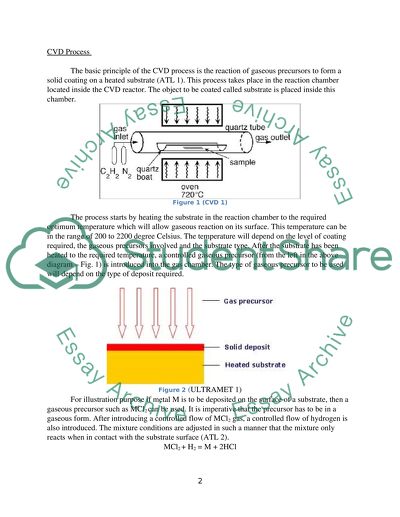Cite this document
(“Chemical vapor deposition- principles and implementation Research Paper”, n.d.)
Retrieved from https://studentshare.org/chemistry/1474091-chemical-vapor-deposition-principles-and
Retrieved from https://studentshare.org/chemistry/1474091-chemical-vapor-deposition-principles-and
(Chemical Vapor Deposition- Principles and Implementation Research Paper)
https://studentshare.org/chemistry/1474091-chemical-vapor-deposition-principles-and.
https://studentshare.org/chemistry/1474091-chemical-vapor-deposition-principles-and.
“Chemical Vapor Deposition- Principles and Implementation Research Paper”, n.d. https://studentshare.org/chemistry/1474091-chemical-vapor-deposition-principles-and.


